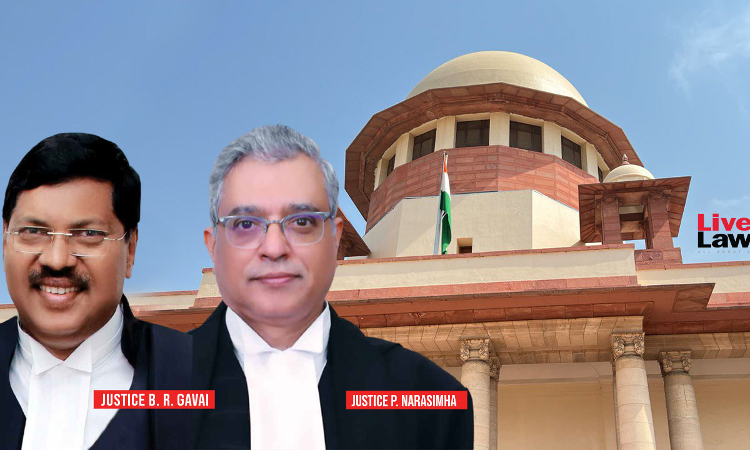Evidence Of TIP Inadmissible If Suspects Were Shown To Witnesses Before Identification : Supreme Court
Ashok KM
12 Nov 2022 4:00 PM IST

Next Story
12 Nov 2022 4:00 PM IST
The Supreme Court observed that evidence of Test Identification Parade (TIP) is inadmissible If the suspects were shown to the witnesses before the identification.Even a TIP conducted in the presence of a police officer is inadmissible, the bench of Justices BR Gavai and PS Narasimha observed.In this case, the High Court of Kerala upheld the conviction of the accused under Sections 143, 147,...
